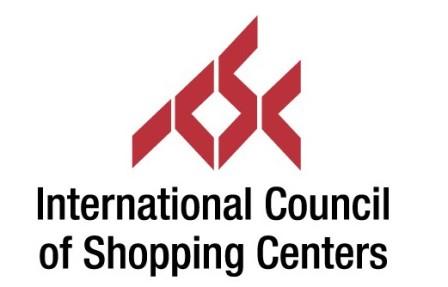Barnes & Thornburg LLP
Kara Cleary
March 15, 2016
When a company learns that it has a site suffering from environmental property damage, “profit” is the last thing on that company’s mind. Rather, the terms that company is more likely thinking about in this situation are those like losses, risk, environmental agency scrutiny, costly and lengthy remediation, bad press, etc. A recent article in the New York Times titled “Turning Polluted Properties Into Profits” takes an alternative view of the value of sites with environmental property damage.
The article discusses a new business model and group of investors who are actively seeking out these properties in order to buy them, clean them up, then sell them for a profit. However, as the article noted: “insurance is key.”





